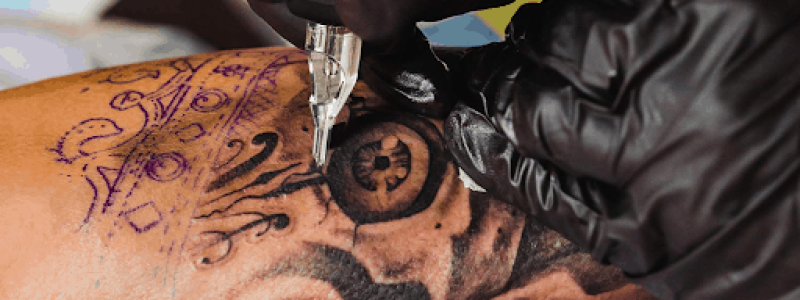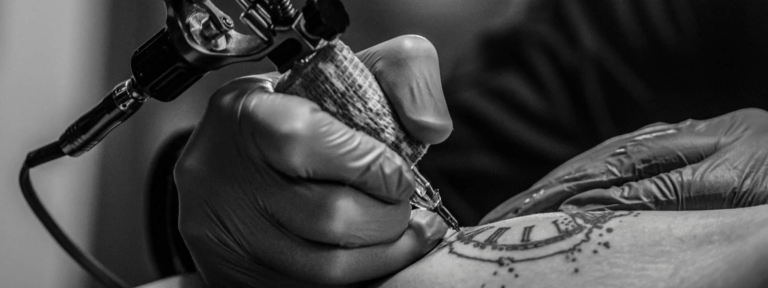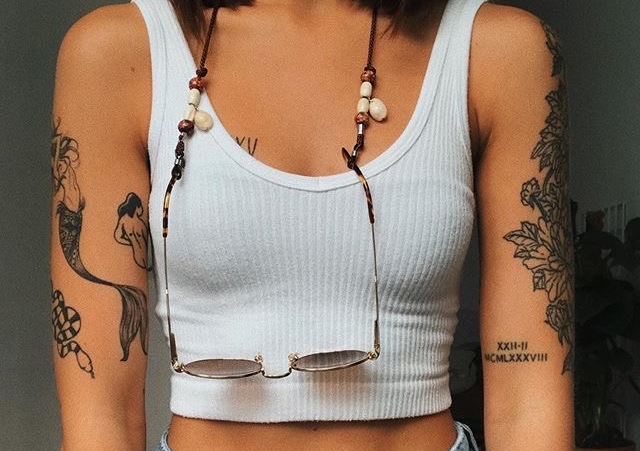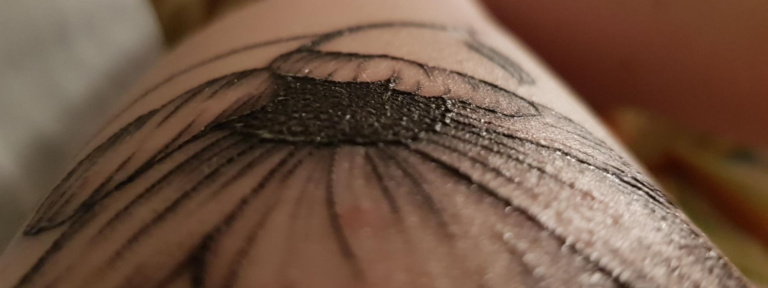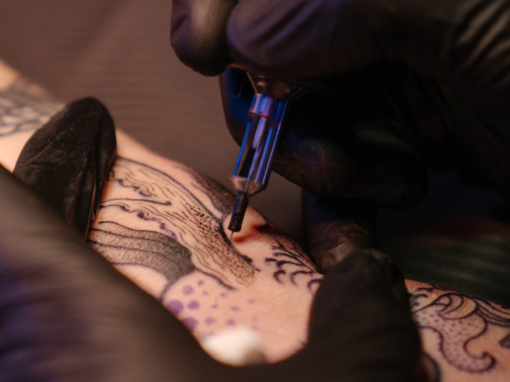Do you want to learn how to make beautiful realistic tattoos like the best tattoo artists? One of the stages of learning the art of tattooing is shading, which allows you to make a tattoo three-dimensional and volumetric.
In our article, we described in detail 4 common shading techniques, methods of practicing them, a guide on choosing needles and setting up a tattoo machine, preparing a sketch, as well as the shading process itself.
Find a Tattoo Artist
Use the search form below to find an artist by their name, location, or style of work.
Use the interactive USA map below to open a new page with all tattoo artists from a certain city or state. Hover on the state to see a hint, do the same with a marker to read the explanation on following steps.
4 Tattoo Shading Techniques
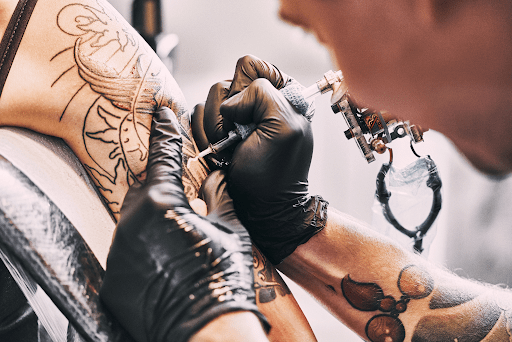
If you are a beginner tattoo artist who is on the path to learning how to create quality and beautiful tattoos, one of the steps to learn is shading. This allows you to make the tattoo more realistic and voluminous. It is used in many styles such as 3D, watercolor tattoos, realism, and so on. Below we will tell you about the most popular shading techniques, their appointments, and their differences.
Packing
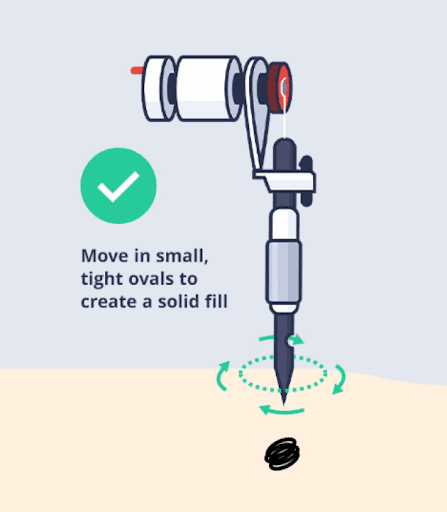

Used for: mostly for areas that are in solid color.
Can be performed using: magnum or a round shader.
How to do it: at a 45-degree angle, make small tight circle motions in a controlled manner.
Whip Shading
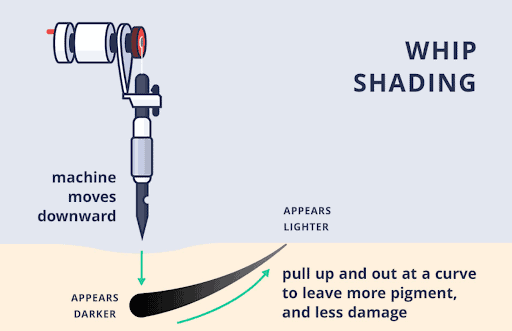
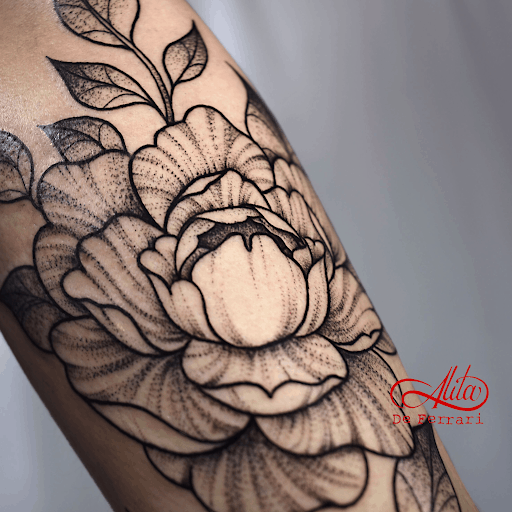
Used for: it can be used in almost all tattoo styles. It is most often used for applying sketches of flowers and animals. It creates an effect as if it is a pencil drawing.
Can be performed using: needles that you prefer (tattoo artists usually use 3 round liner).
How to do it: In the almost vertical position of the tattoo machine, make a quick movement of the hand in the form of a curve, reducing the force of pressure as the motion.
Brush Shading


Used for: good for soft blending and portraits.
Can be performed using: it is better to use a long taper needle.
How to do it: keep the tattoo machine in place. Making pendulum movements, go down, enter the skin, and exit again.
Stipple Shading
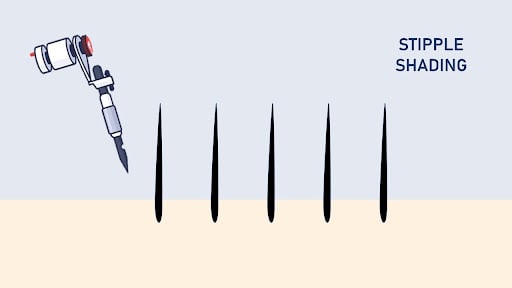

Used for: creating a dotted effect.
Can be performed using: 3 round liner with a long taper.
How to do it: this technique can be done in several ways: using whip motions or brush motions. In this technique, voltage and hand movement speed are very important. The higher voltage you choose, the faster your hand movements must be. The faster you move your hand, the further away the dots are gonna be.
Tattoo Shading Practice Methods
If you are just starting to learn shading techniques, we recommend not doing it on the body, as this increases the risk of injury. The following methods will be a great solution to the shading learning process.
Method 1. Practice Using Paper and Pencil/Paints/Marker
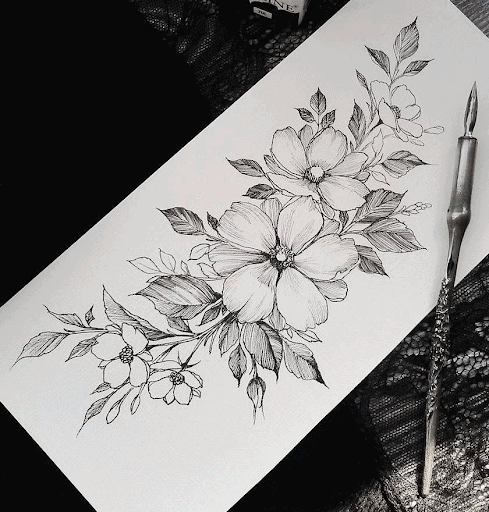
Drawing sketches on paper will help you not only work out in more detail the shading technique you like, practice the movements and their speed to obtain the desired effect but also learn how to correctly distribute the shadows in the drawing to get a sketch from which you will get an irresistible tattoo in the future.
Method 2. Practice Using Fake Skin or Pigskin
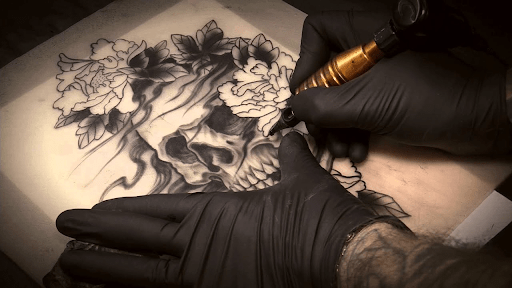
The next step to perfectly work out the shading techniques is to practice on fake skin or pigskin.
Pigskin is closest to human skin, so with it, you can work out the pressing force, choose the voltage that is convenient for you, choose the right needles, and perfectly work out a tattoo machine as well as hand movements to get the perfect shading.
The silicone skin is also a great option for shading practice as it is available in different sizes, thicknesses, and body parts for a realistic experience.
Preparing to Shade a Tattoo
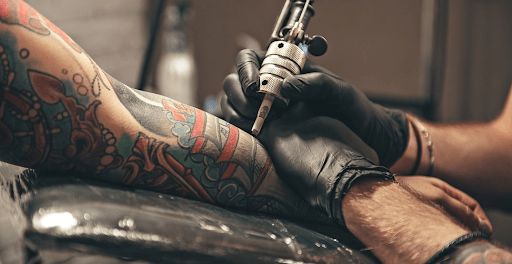
Before you start shading, you need to prepare the necessary equipment and a sketch. Further, you will find out detailed information regarding all the stages necessary for the preparation.
1. Choosing the Needles
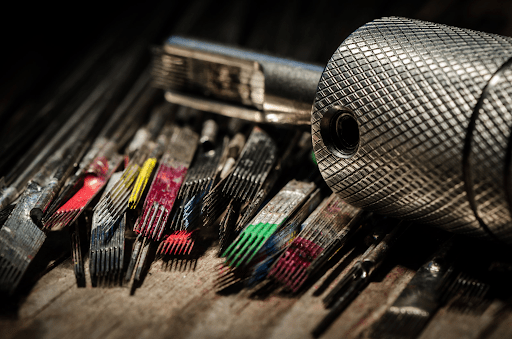
For shading, such tattoo needles are often used: round tattoo needles and magnum needles. Below we will describe in more detail each of these groupings of needles.
Round Tattoo Needles

Round tattoo needles include round liners (RL) and round shaders (RS). Round liners are tightly grouped and arranged in a circle, so they are perfect for lining work, intricate shading, fill-in, and so on. Needles in round shaders are located more freely and will be a good choice for shading, transitions, and coloring.
For shading, we recommend choosing needles no more than 1 mm wide.
Magnum Needles
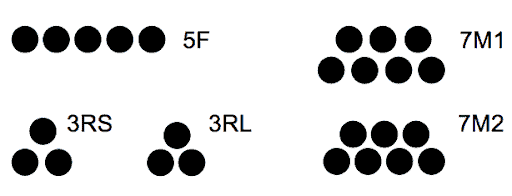
Magnum needles are arranged in two rows. Those needles where the tips are denser are called stacked magnums (M2), where more freely — weaved magnums (M1).
Stacked magnums are good for color packing and shading, and weaved magnums are also good for these purposes but are more suitable for large areas.
2. Setting up a Tattoo Machine for Shading
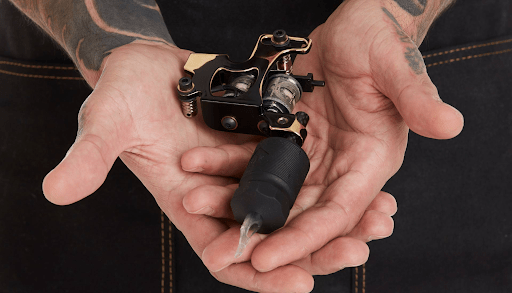
- For shading, you need to set the distance between the armature bar and the contact screw to about 2 mm.
- Attach a needle and tube to the tattoo machine. The needles should be chosen based on the shading technique that you plan to perform, and the tube must be selected in accordance with the selected needle.
- For shading, it is worth making the speed of the tattoo machine a little lower than for the lining. The best option is to adjust the tattoo machine by ear (the buzz of the tattoo machine should be deeper than when it is tuned to the lining) to a speed that is comfortable for you.
3. Creating a Sketch
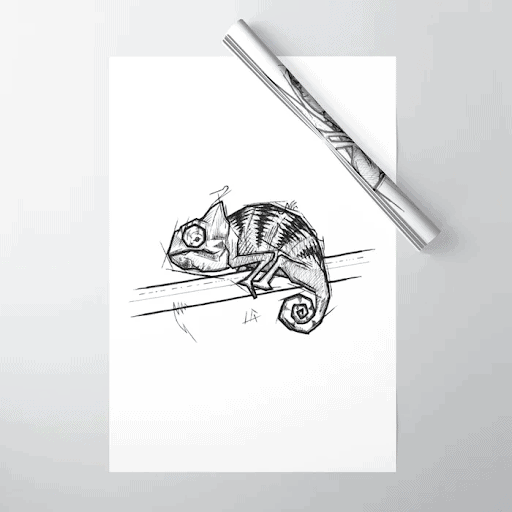
One of the most important points is the creation of a sketch following the wishes of the client. If the customer wants to get a tattoo that includes shading, think in advance and draw shadows, their transitions, and intensity on the sketch. If the tattoo will be colored, select the hues for shading.
Tattoo Shading Process Tips
? Make outlining and take a break before you start shading. Masters usually do the outlining and shading in one day (with a short break of 15-20 minutes), or divide these stages into two separate sessions (usually the break is several weeks for the contour to heal).
? Put on gloves, prepare sterile instruments, necessary needles.
? Prepare skin for tattooing. Clean and shave the selected area.
? Set up your tattoo machine, insert the needles, and adjust the speed for shading to your convenience.
? Use Vaseline when shading. It helps protect and lubricate the skin and also prevents color mixing when using multiple shades in a tattoo.
? Remove excess ink. This will help you avoid mistakes in your work, as well as see the resulting shading.
? Clean the needles during the shading process as you move to lighter areas. This will help you get the desired result.
Summary
If you have long dreamed of becoming a tattoo artist who can fulfill any client’s ideas in life, you have to learn and practice shading.
First and foremost, we recommend that you learn the various shading techniques, some of which are whip shading, packing, brush shading, and stipple shading. Next, you should practice chosen techniques using paper and a pencil/marker, or on a pig or fake tattoo skin. After that, you should understand the different types of needles, as well as learn how to properly set up a tattoo machine and its speed for shading. Then you just have to draw a tattoo sketch according to the client’s ideas and bring it to life.
Having studied all these steps in detail, you will gain enough knowledge to perform shading at the highest level.
FAQ
?What Tattoo Needle Is Best for Shading?
Tattoo artists use a variety of needles for shading. The most popular being Magnum needles, round liners, and round shaders. Find out more about tattoo needles here.
?Can You Shade a Tattoo the Next Day?
After outlining, it is better to wait 20-30 minutes before starting the shading process or you can divide the outlining and shading into two separate sessions with a break of several weeks.
4️⃣What Are the 4 Types of Shading?
There are many shading techniques, some of the most popular of which are packing, whip shading, brush shading, and stipple shading. In our article, we will tell you in detail about these techniques.
❔What Voltage Should You Shade At?
For shading tattoo masters usually choose a voltage of no more than 10 volts. ? More on how to set up a tattoo shading machine for shading.
